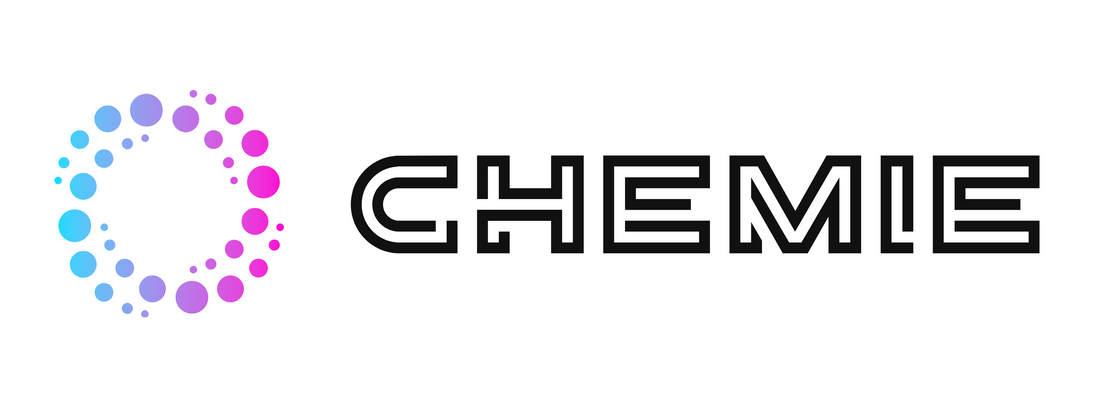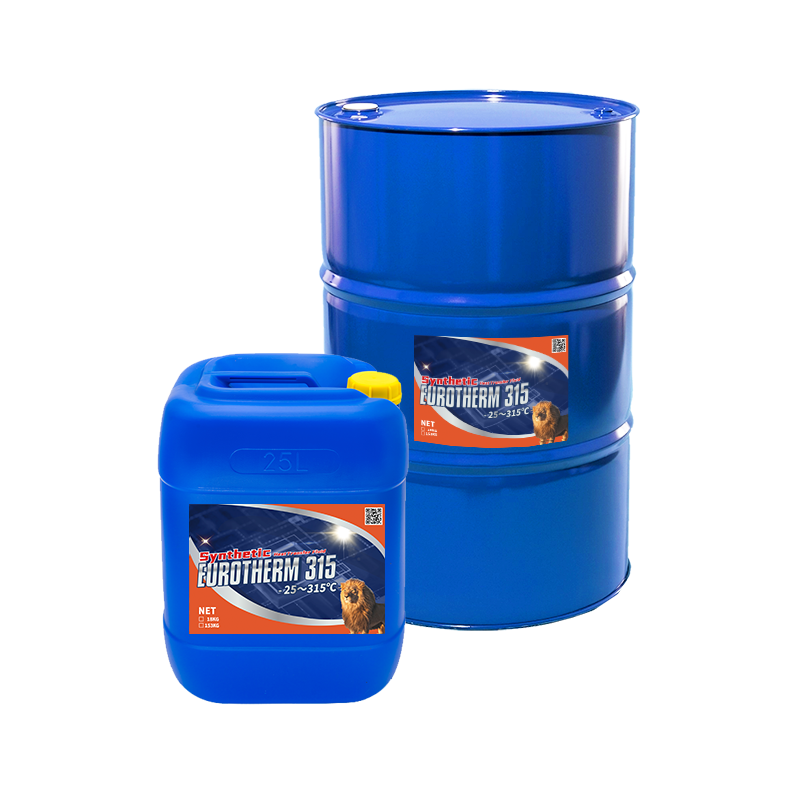The Basic Principles Of Chemie
The Basic Principles Of Chemie
Blog Article
Get This Report on Chemie
Table of ContentsFacts About Chemie UncoveredThe Chemie IdeasA Biased View of ChemieThe 7-Second Trick For ChemieThe Chemie Statements8 Simple Techniques For Chemie
By Bojanna Shantheyanda, Sreya Dutta, Kevin Coscia and David SchiemerDynalene, Inc. Liquid air conditioning, which can be accomplished utilizing indirect or straight means, is utilized in electronic devices applications having thermal power densities that might surpass risk-free dissipation through air cooling. Indirect liquid air conditioning is where warmth dissipating digital elements are literally separated from the liquid coolant, whereas in case of straight cooling, the components are in straight call with the coolant.However, in indirect air conditioning applications the electrical conductivity can be crucial if there are leakages and/or splilling of the fluids onto the electronic devices. In the indirect air conditioning applications where water based fluids with deterioration preventions are generally utilized, the electric conductivity of the liquid coolant generally depends on the ion concentration in the fluid stream.
The increase in the ion focus in a shut loophole liquid stream might occur due to ion leaching from steels and nonmetal parts that the coolant liquid is in call with. Throughout procedure, the electric conductivity of the liquid might enhance to a degree which can be harmful for the cooling system.
Chemie Fundamentals Explained
(https://chemie-48856033.hubspotpagebuilder.com/blog/revolutionizing-cooling-solutions-with-chemies-advanced-fluids)They are grain like polymers that can trading ions with ions in a remedy that it touches with. In the present job, ion leaching examinations were done with various steels and polymers in both ultrapure deionized (DI) water, i.e. water which is dealt with to the highest degree of purity, and reduced electric conductive ethylene glycol/water mix, with the measured adjustment in conductivity reported in time.
The samples were enabled to equilibrate at area temperature for 2 days prior to taping the initial electrical conductivity. In all examinations reported in this study liquid electrical conductivity was gauged to a precision of 1% utilizing an Oakton disadvantage 510/CON 6 series meter which was adjusted before each measurement.
The 7-Minute Rule for Chemie
from the wall home heating coils to the facility of the heating system. The PTFE sample containers were positioned in the heater when stable state temperatures were reached. The examination setup was eliminated from the heating system every 168 hours (seven days), cooled down to space temperature with the electric conductivity of the fluid measured.
The electrical conductivity of the liquid sample was kept track of for a total amount of 5000 hours (208 days). Schematic of the indirect closed loop cooling down experiment set-up. Elements utilized in the indirect closed loop cooling experiment that are in contact with the liquid coolant.

The 25-Second Trick For Chemie
During operation the fluid storage tank temperature was maintained at 34C. The modification in fluid electric conductivity was kept an eye on for 136 hours. The liquid from the system was gathered and kept. Likewise, closed loop examination with ion exchange material was accomplished with the very same cleaning treatments employed. The initial electrical conductivity of the 230ml UP-H2O in the system measured 1.84 S/cm.

0.1 g of Dowex material was contributed to 100g of liquid samples that was absorbed a different container. The blend was mixed and change in the electric conductivity at area temperature was determined every hour. The gauged change in the electric conductivity of the UP-H2O and EG-LC examination fluids consisting of polymer or steel when involved for 5,000 hours at 80C is shown Number 3.
Unknown Facts About Chemie
Ion seeping experiment: Measured change in electric conductivity of water and EG-LC coolants having either polymer or steel examples when immersed for 5,000 hours at 80C. The outcomes indicate that steels added less ions right into the liquids than plastics in both UP-H2O and EG-LC based coolants.
Liquids containing polypropylene and HDPE displayed the lowest electric conductivity changes. This might be due to the brief, stiff, straight chains which are less most likely to add ions than longer branched chains with weaker intermolecular forces. Silicone additionally did well in both test liquids, as polysiloxanes are generally chemically inert due to the high bond energy of the silicon-oxygen bond which would certainly prevent destruction of the material into the liquid.
9 Easy Facts About Chemie Explained
It would certainly be anticipated that PVC would create comparable outcomes to those of PTFE and HDPE based on the similar chemical structures of the materials, nevertheless there may be other pollutants existing in the PVC, such as plasticizers, that might impact the electrical conductivity of the fluid - heat transfer fluid. In addition, chloride teams in PVC can likewise leach right into the examination liquid and can trigger a rise in electric conductivity
Polyurethane completely degenerated into the examination liquid by the end of 5000 hour test. Before and after photos of metal and polymer samples immersed for 5,000 hours at 80C in the ion leaching experiment.
Measured change in the electrical conductivity of UP-H2O coolant as a feature of time with and without material cartridge in the closed indirect cooling loophole experiment. The gauged adjustment in electric conductivity of the UP-H2O for 136 hours with and without ion exchange material in the loophole is revealed in Number 5.
Report this page